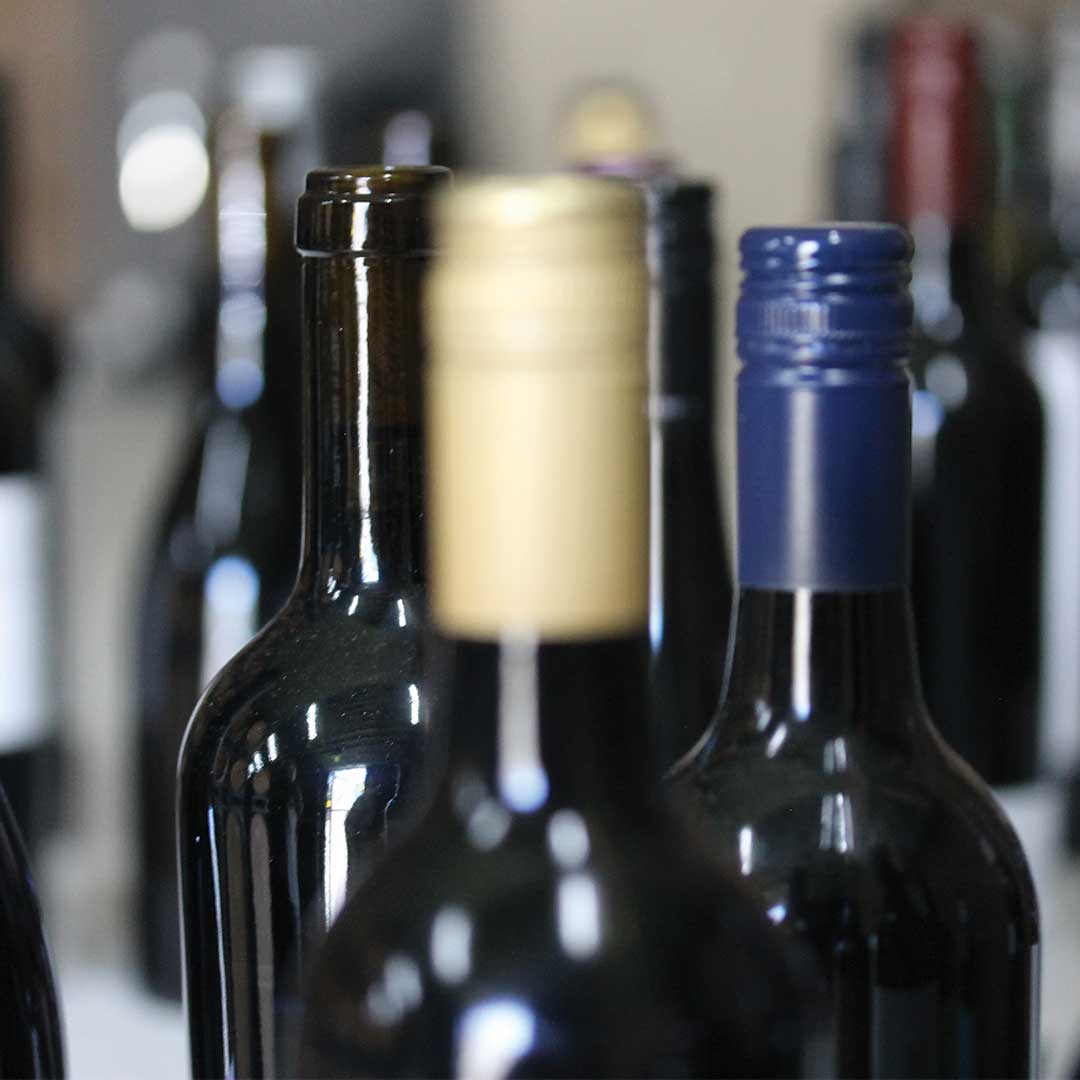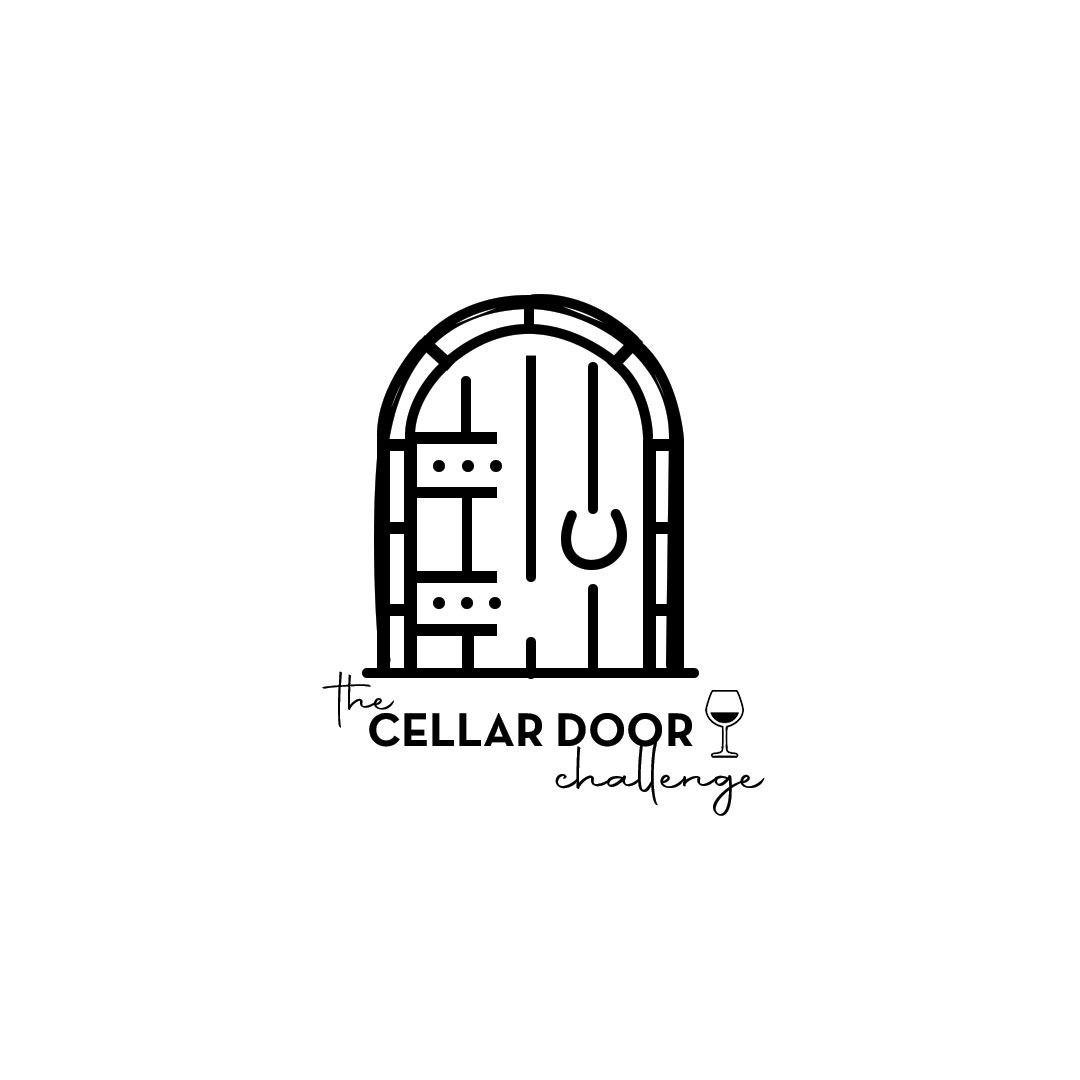About the Top 100
About the Top 100
The James Halliday’s Top 100, published in The Weekend Australian also features, Juno — his voice powered virtual wine assistant.
For more information or instructions about how to access Juno on your phone or smart device go to the “Talk to Juno” page or simply download the Google Assistant app on your phone and then say “Talk to James Halliday Top Hundred.”

Introduction
“There was a process of lifting the quality of this year’s Top 100 before I took the first sip of the first wine. By all means let it be called elitism, for that’s what it is. The vast majority of wineries invited to submit already had a 5-star rating in my Wine Companion.”
James Halliday
The Top 100 wines
James unveils his Top 100 wines of 2019. The Top 100 is published in The Weekend Australian Magazine. It’s influenced by value for money and the imperative to offer a balanced, representative choice across varieties and regions.

James says
James talks us through his Top 100 tasting process and the intricacies behind his selection of the wines.
More about the Top 100
What is the Top 100?
Each November, James Halliday unveils his Top 100 Wines of the Year. The Top 100 is published in The Weekend Australian Magazine. It is influenced by value for money and the imperative to offer a balanced, representative choice across varieties and regions.
How does James score the Top 100?
97 – 99 Exceptional.
Wines that have won major trophy/trophies in important wine shows, or are of that standard.
95 – 96 Outstanding.
Wines of gold medal standard, usually with a great pedigree.
94
Wines on the cusp of gold medal status, virtually indistinguishable from those wines receiving 95 points.
90 – 93 Highly recommended.
Wines of silver medal standard, wines of great quality, style and character, and worthy of a place in any cellar.
89 Recommended.
Wines on the cusp of silver medal standard, the difference purely a judgement call.
86 – 88
Wines of bronze medal standard, well produced, flavoursome wines, usually not requiring cellaring.
Do you have the Top 100 wines listed by State of Origin?
Western Australia had a total of 27 wines.
Margaret River (15), Mount Barker (3), Porongurup (3), Great Southern (2), Denmark (1), Frankland River (1), Pemberton (1), Western Australia (1)
South Australia had a total of 25 wines.
Barossa Valley (6), McLaren Vale (6), Adelaide Hills (5), Eden Valley (4), Coonawarra (3), Clare Valley (1)
Victoria had a total of 16 wines.
Yarra Valley (7), Nagambie Lakes (2), Geelong (1), Gippsland (1), Grampians (1), Great Western (1), Henty (1), King Valley (1), Mornington Peninsula (1)
New South Wales had a total of 10 wines.
Hunter Valley (8), Canberra District (1), Murray Darling (1)
Tasmania had a total of 10 wines.
How are the wines selected for tasting?
This year nearly 1000 wines were submitted for tasting by James, including 302 whites, 550 reds and 119 sparklings.
For more information about how wines are selected, listen to what James Halliday has to say.

